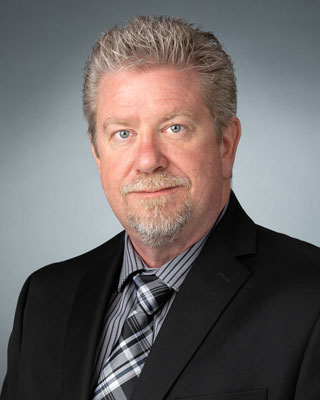Bradford Watson

Bradford S. Watson is a Technical Fellow at Lockheed Martin, where he has been a valued employee since 1997. He holds a Master of Science in Electrical Engineering with a focus on Signal Processing from the University of Colorado at Denver (2001). Watson has established an extensive background in Digital Signal Processing for spaceflight applications, with expertise in DSP Algorithm Design, FPGAs/ASIC design, and Digital Signal Processors.
In 2021, Watson published a book titled "Channelizers and Reconstructors - A Design Guide" (Nova Science Publishers ISBN 1685071740) on spectral channelization and reconstruction. He is also the inventor of US Patent #7675985: "Digital Channelizer Unit (DCU)". Watson has played a pivotal role in conceiving, architecting, designing, and leading the development of numerous modern digital processing payloads for the commercial, government, and international space sectors.
His professional interests encompass communications signal processing, statistical signal processing, array processing, adaptive systems, and digital design.
Non-Powers-of-2 FFTs and Why You Should Use Them
Status: Available NowThe Fast Fourier Transform (FFT) is a fundamental algorithm in digital signal processing, and it comes in various forms. However, the most commonly used FFTs are those with sizes that are powers of 2 (e.g., 256, 512, 1024, etc.). This is due to their widespread availability, ease of implementation, and ability to achieve an efficiency of O(N log N), making them a popular choice among designers.
While powers-of-2 FFTs are convenient and efficient, they may not always be the best choice for every design. In some cases, using a power-of-2 FFT is not always the best choice from a system standpoint, and can lead to complications in other parts of the system in terms of inefficient use of resources and increased complexity.
Fortunately, there are alternative FFT algorithms that can handle any size of FFT, not just powers of 2.
This talk will describe traditional FFT implementation, more exotic FFT algorithms such as:
- Rader FFT
- Winograd FFT
- Prime Factor FFT
It will also cover how to extend Cooley-Tukey factoring to combine powers-of-2 and non-powers-of-2 FFTs, and the Four Step FFT.
Several other algorithms will be touched upon, along with their application, advantages, and disadvantages.
Digital Signal Processing for Satellite Communications
Status: Available NowCommunications satellites are a booming business, and are increasingly using sophisticated DSP techniques to manage bandwidth for users distributed over wide geographic areas. There are several flavors of satellite communications, that include transponded and regenerative digital payloads for commercial and military platforms.
This talk gives an overview of the market, the end-to-end system level view, the actual digital processing that takes place onboard a satellite, specifications, and challenges of designing systems for spaceflight.

